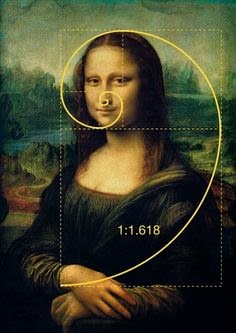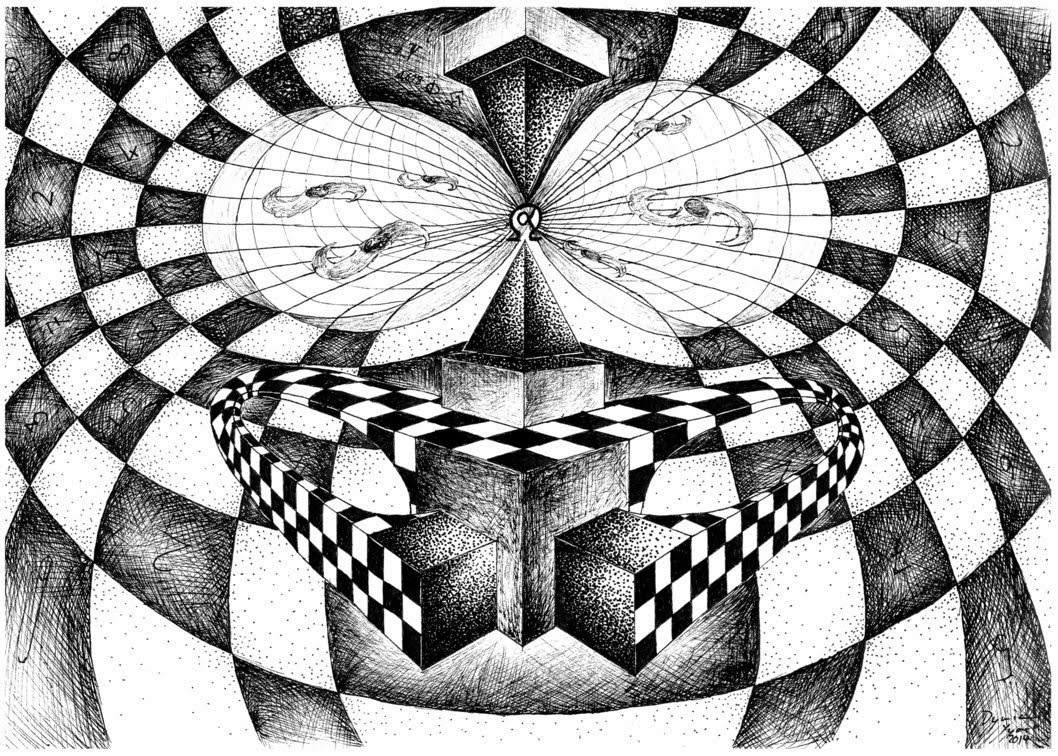Designed by Pedro Reyes,"This Is The End" showcases the “Unconventional Narrative Strategies” by the individual artworks of Ed Atkins, Loretta
Fahrenholz, Tommy Hartung, in which they address various themes such as trauma,
melancholy, surrealism and the uncanny, was a surreal experience. The
complexity of the video ultimately looks at the physical and emotional tole
that depression has on individuals. Whether it may be mental or external, the
interpretations of the narratives of human emotions are at an elaborate point
of view.
 One video that really caught my attention was at a repetition of the
“thumbs up” motion. A lot of what we learned in this class relates to this
narrative of Ed Atkins that helps us look at the “thumbs up” narrative in a new
prospective with film and technology. A lot of the times we find that the
mixture of art and technology broadening even the simplest of objects and motions
into an entirely new form. Ed Atkins uses this very relationship in a way that
we all are critically aware of, a relationship that takes the present state of
something and transforms it into a message about ethnics, perspectives and
values. Just how this class takes a variety a fields and molds it in connection
with art, Ed Atkins uses the “thumbs up” narrative and combines it with other
mini-narratives about heartbreak, nature, even life. What I got out of the
event as a whole was that human emotion is purely a subjective state of mind. Some
may think “this is the end”, where as others see or feel a certain emotion as
only the beginning. We can only hope that artists such as Ed Atkins, and the
rest of the talented individuals in “This is the end” can further showcase the
beauty of human emotion through art and technology.
One video that really caught my attention was at a repetition of the
“thumbs up” motion. A lot of what we learned in this class relates to this
narrative of Ed Atkins that helps us look at the “thumbs up” narrative in a new
prospective with film and technology. A lot of the times we find that the
mixture of art and technology broadening even the simplest of objects and motions
into an entirely new form. Ed Atkins uses this very relationship in a way that
we all are critically aware of, a relationship that takes the present state of
something and transforms it into a message about ethnics, perspectives and
values. Just how this class takes a variety a fields and molds it in connection
with art, Ed Atkins uses the “thumbs up” narrative and combines it with other
mini-narratives about heartbreak, nature, even life. What I got out of the
event as a whole was that human emotion is purely a subjective state of mind. Some
may think “this is the end”, where as others see or feel a certain emotion as
only the beginning. We can only hope that artists such as Ed Atkins, and the
rest of the talented individuals in “This is the end” can further showcase the
beauty of human emotion through art and technology. 

















